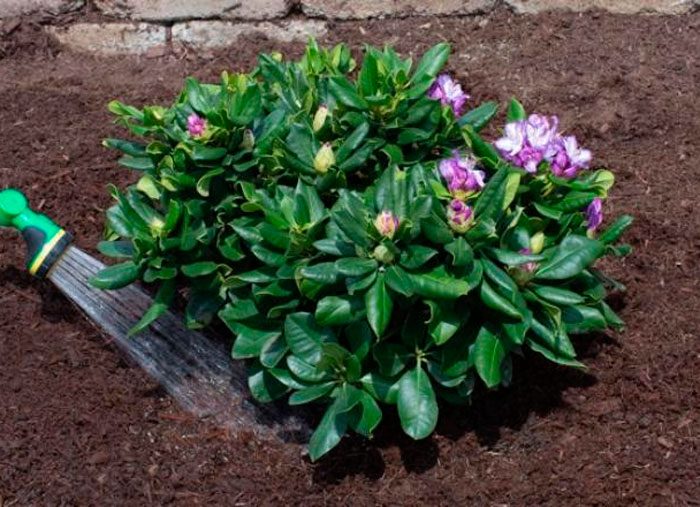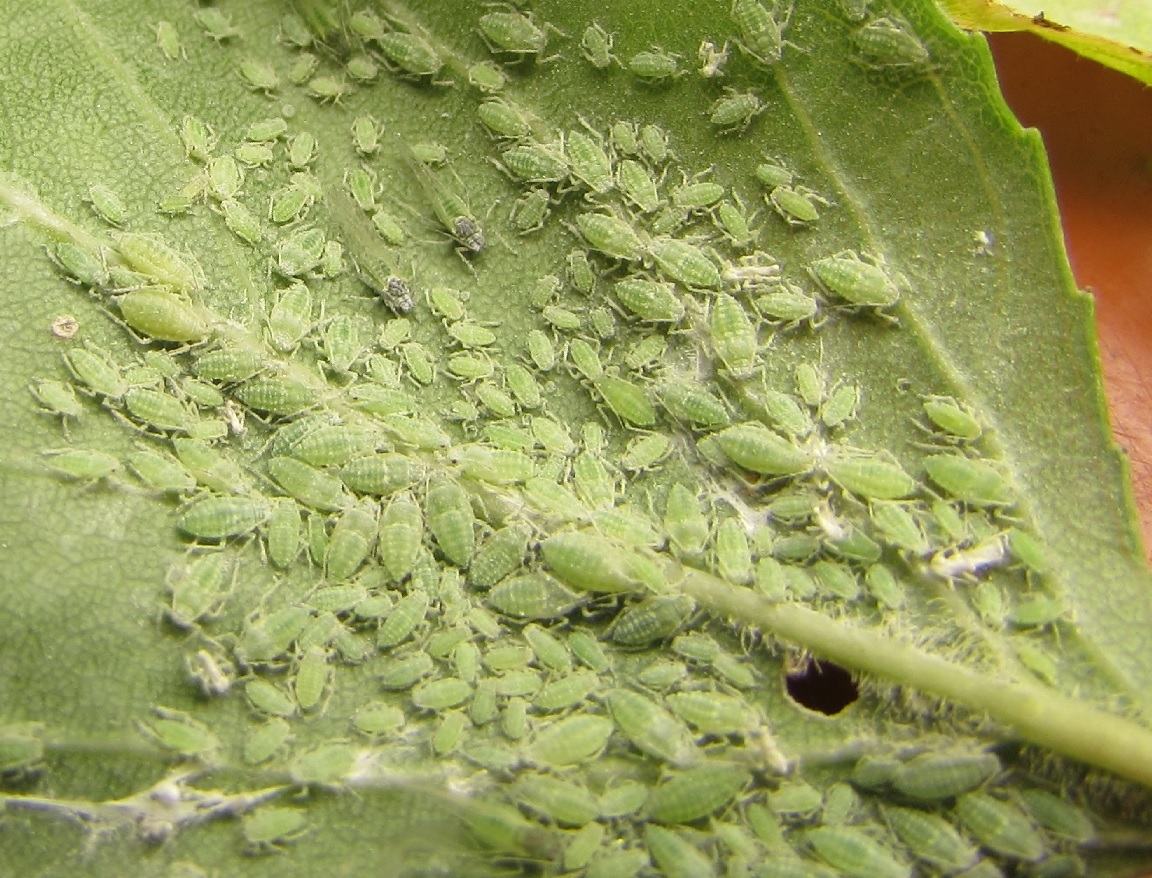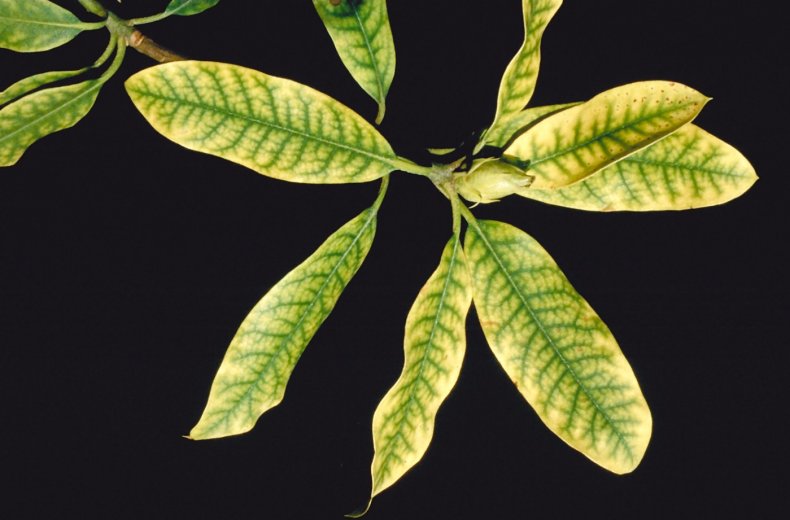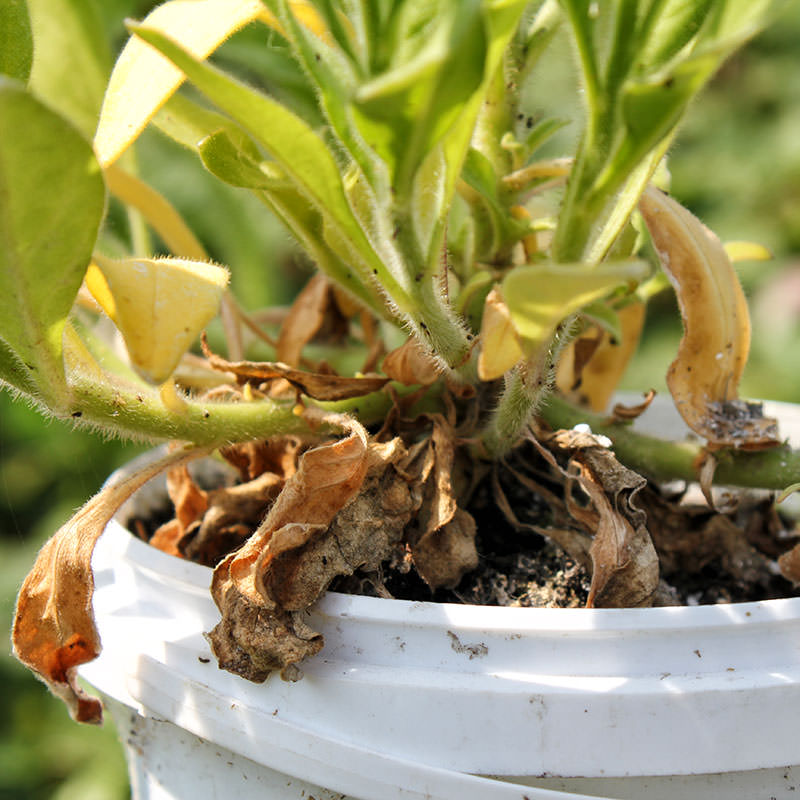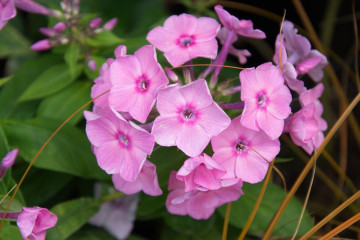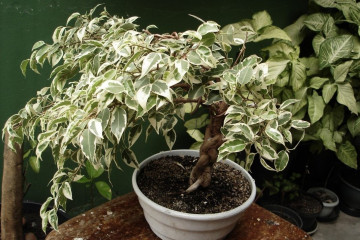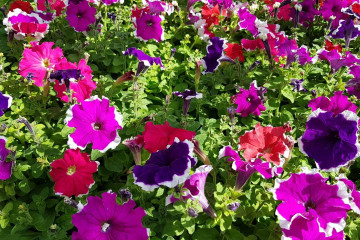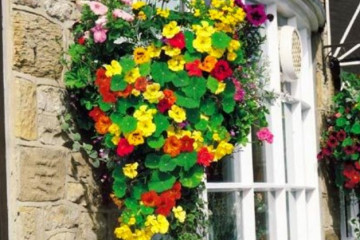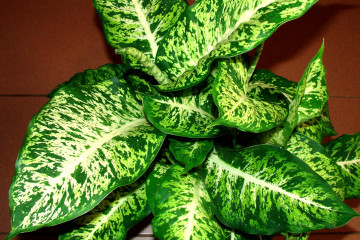Why do the leaves of rhododendron turn yellow and what to do
Content:
Rhododendron is a shrub plant of the Heather family, distinguished by its large flowers and dense leaves. The flower is bred as an ornamental plant. Among gardeners it is known under the name "Alpine rose". The rhododendron species is very extensive: it includes evergreen and deciduous shrubs, as well as small trees. Heathers are known for their ability to "signal" diseases and pests: they change the color of their leaves. When a rhododendron turns yellow, not everyone knows what to do. Experts advise starting by establishing the cause. This will help guide your treatment.
The main causes of yellowing rhododendron
Rhododendron, like most garden plants, sometimes turns yellow suddenly, so it's important to know what to do in such cases. Most often, this is due to a violation of the rules of care, diseases and pests.
Failure to comply with watering rules
One of the reasons why the leaves of rhododendron turn yellow is a violation of the "technology" of watering. Alpine rose is hygrophilous. Lack of water is fraught with dryness, yellowing and falling foliage. Excessive moisture will also not be beneficial: the root system will begin to rot.
To find out how much moisture the plant receives, you need to take a clod of earth from under the bush. If drops are squeezed out of it, then there is too much liquid. A crumbly ball indicates a lack of water. Optimal moisture is manifested in the plasticity of the soil: a lump is easily formed from it.
Rhododendron "loves" acidified water, so it is recommended to mix it with:
- lemon;
- acetic;
- oxalic acid.
Watering is carried out using a sprinkler system.
Lighting
Rhododendron quickly turns yellow in direct sunlight and "prefers" shady areas. This must be taken into account when choosing a place for a flower bed.
If necessary, shading is created artificially: the plant is covered with an awning fabric or polycarbonate. The ideal option is to allocate an alpine rose to a site in the shade of buildings, shrubs or trees.
Damage to the root system
Rhododendrons are distinguished by a shallow root system. It can be damaged not only during transplanting, but during weeding, loosening and even overheating of the soil. To prevent yellowing of the leaves, the trunk circles are mulched with:
- oak leaves;
- pine needles;
- high-moor peat;
- moss.
The layer height should be 5 cm.
Poor quality soil
If the gardener doesn't know what to do if the rhododendron has yellow leaves, he needs to start by analyzing the soil.
For proper development, rhododendrons need an acidic soil: it will not receive useful substances from a neutral one. Traditionally, high-moor peat and rotted coniferous litter are used. The composition of the soil is regulated with citric acid, electrolyte, colloidal sulfur.
Poor fertilization
The condition of plants directly depends on the quality of fertilizers.
Rhododendrons will turn yellow if you use the following foods:
- Ashes. It reduces the acidity of the soil, which leads to the occurrence of chlorosis. The disease manifests itself as yellowing between leaf veins.
- Superphosphates. This type of fertilizer should be used with caution. An excess of phosphate leads to a lack of iron, which provokes the development of chlorosis.
- Subcortex based on chlorine and lime. It destroys the mycorrhiza, which is necessary for soil acidification.
- Imported fertilizers in granules. Such preparations are designed for growing rhododendron in hot climatic zones. They stimulate the growth of new shoots at the end of August, which will die with the onset of winter.
Inflorescences not removed
In order for the alpine rose to remain healthy, all inflorescences must be removed in a timely manner. This will help avoid yellowing of the leaves and make the "caps" of the rhododendron more lush.
Inflorescences break off easily with your hands. The main thing is not to damage the young shoots. In place of the old inflorescences, 2-3 new ones will appear, and the leaves will retain a green tint.
Pests can lead to yellowing
You can understand why the leaves of rhododendron turned yellow by examining the bushes. Garden plants are often attacked by pests, and the alpine rose is no exception.
Rhododendron bug
The presence of a pest is determined by a change in the color of the leaf: first, it becomes pale green, then yellowish. The lower part is covered with bedbug excrement. They look like a sticky substance.
With severe pest damage, the leaves fold and fall off.
To get rid of bedbugs, rhododendron is sprayed with Karbofos or BI-58 insecticide.
Mealybug
This pest looks like tiny lumps of cotton wool. The worm sticks to the outer surface of the leaf and attaches to the internodes. Dry soil and rare watering provoke its reproduction. Mealybug does not tolerate high humidity.
After primary treatment, rhododendron is sprayed with a systemic insecticide. Confidor and Aktara will do.
Aphid
One of the most common pests.
Aphids attack the underside of the leaves. They gradually fade, acquiring a yellowish tint.
They fight aphids with the help of Konfidor, Aktellik, Nurela D.
Black thrips
The pest leaves gray holes at the top of the leaf. Puts holes at the bottom with a black edge. The affected areas are covered with brown and gray patches. Sick leaves turn yellow, then fall off.
Organophosphate insecticides help get rid of thrips. For example, Atom, Fostran, Dishans, Eurodim.
Khrushch
Khrushch is a beetle larva.
It damages the root system, causing the leaves to turn yellow and fall off. In some cases, shoots dry out.
There are many insecticides that can kill the beetle. The most popular are:
- Antikhrusch;
- Bazudin;
- Aktara;
- Zemlin;
- Nemabakt.
"Chemistry" will quickly rid the alpine rose of various pests. The main thing is to take action in time.
What diseases can cause yellowing of leaves
Rhododendrons are especially susceptible to infectious and fungal diseases.They weaken the plant, destroy the root system, and cause yellowing and shedding of foliage.
Septoria
It is considered the most dangerous fungal disease in rhododendrons.
It manifests itself in the formation of red spots on the leaves, rapidly increasing in size. After a while, the marks become pale. The foliage dries up, turns yellow and eventually falls off.
You can fight the disease by removing the affected part of the bush and treating the plant with a fungicide. For example, you can use Ridomil Gold.
Chlorosis
Chlorosis often causes yellowing of rhododendrons. The disease is explained by a deficiency of nutrients in the soil: nitrogen or iron. Most often, it occurs in the spring. Chlorosis manifests itself in a change in the color of the foliage: it becomes pale, turns yellow, becomes covered with spots.
Chlorosis is treated with iron chelate dressings. The most effective are liquid products that can be sprayed on foliage. Most often, ferrous sulfate and citric acid are used.
Fusarium
It is a fungal infection of the root system. The disease begins with yellowing, drying of the foliage, and ends with the death of the shoots.
What to do to save the plant
To understand what to do when the leaves of a rhododendron fade or turn yellow, you need to determine the cause. To begin with, estimate how much moisture the plant receives. Rhododendron reacts immediately to abundant and poor watering. Water the alpine rose sparingly.
In case of an infectious plant infection, the damaged parts of the bush are carefully cut off, and the leaves are treated with insecticide on both sides. In some cases (for example, with chlorosis), treatment is supplemented with fortified feeding.
It is equally important to monitor the acidity of the soil.
In addition, there is the possibility of soil tearing during handling. To avoid this, an earthen lump is shaken off from the roots. If the plant “does not like” the soil, the roots will not go beyond the old coma and the rhododendron will die.
What is the danger of yellow leaves
The change in color of rhododendrons can be attributed to natural causes. For example, the onset of autumn. In this case, sanitize and remove the dried leaves.
Yellowing during the warmer months is a bad sign. It can be caused by fungal diseases or pests. Spots and damage to the leaf indicate the serious condition of the plant. In this case, it will not be possible to do with the transfer of the flower bed to a shaded place. We'll have to treat the rhododendron with a chemical, after removing the diseased foliage.
Prophylaxis
As you know, it is easier to prevent unpleasant consequences than to deal with them.
Prevention of yellowing of foliage in rhododendrons is as follows:
- Moderate regular watering.
- The location of the flower bed in a shaded place (in spring and summer, the alpine rose is especially sensitive to the sun).
- Maintaining the required level of soil acidity (within 3-4.5 pH).
- Spraying the leaves daily.
- Watering the plant with antifungal drugs and preventive treatment against garden pests.
- Avoid loosening the soil and removing weeds: the root system is close to the surface.
Thus, in order to understand why the leaves of rhododendron fall or turn yellow, it is necessary to analyze the living conditions of the plant. It is very easy to create a favorable environment in the country. If you properly care for the rhododendron, it will delight with flowering for more than one year.

